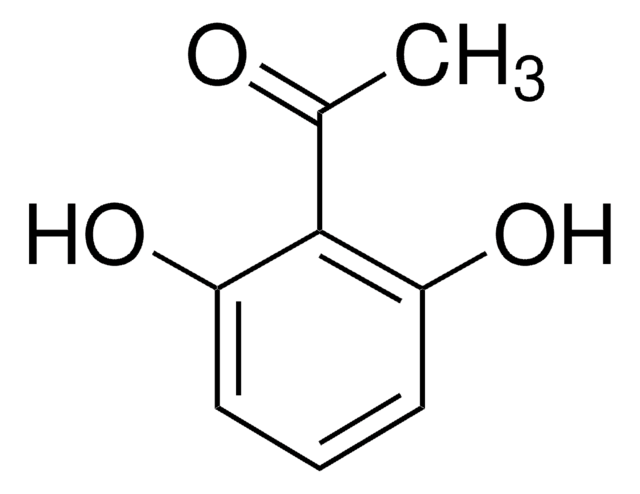1123146
USP
Chlorpheniramine Related Compound C
United States Pharmacopeia (USP) Reference Standard
Synonim(y):
3-(4-Chlorophenyl)-N-methyl-3-(pyridin-2-yl)propan-1-amine maleate salt
About This Item
Polecane produkty
klasa czystości
pharmaceutical primary standard
rodzina API
chlorpheniramine
producent / nazwa handlowa
USP
Zastosowanie
pharmaceutical (small molecule)
format
neat
temp. przechowywania
2-8°C
InChI
1S/C15H17ClN2.C4H4O4/c1-17-11-9-14(15-4-2-3-10-18-15)12-5-7-13(16)8-6-12;5-3(6)1-2-4(7)8/h2-8,10,14,17H,9,11H2,1H3;1-2H,(H,5,6)(H,7,8)/b;2-1-
Klucz InChI
MGNXGZAZRYTQMW-BTJKTKAUSA-N
Szukasz podobnych produktów? Odwiedź Przewodnik dotyczący porównywania produktów
Opis ogólny
Zastosowanie
- Central nervous system research: Chlorpheniramine Related Compound C is examined for its effects on the central nervous system, specifically regarding histamine-related responses, providing insights for antihistamine development and neurological research (Kamei, 2021).
- Virucidal research applications: The virucidal effects of Chlorpheniramine Related Compound C against severe acute respiratory syndrome coronavirus 2 (SARS-CoV-2) are studied, demonstrating potential applications in pandemic response and viral research (Westover et al., 2020).
- Bitter taste receptor research: Investigations into the effects of Chlorpheniramine Related Compound C on the expression of bitter taste receptor T2R7 and its signaling effectors in cellular models contribute to the understanding of taste perception and receptor activation mechanisms (Su et al., 2019).
- Synthesis and evaluation of antihistaminic agents: Chlorpheniramine Related Compound C plays a role in the design and synthesis of new chemical entities aiming for improved antihistaminic and antiasthmatic properties, enhancing pharmaceutical innovations and therapeutic strategies (Sirisha et al., 2014).
- Mast cell degranulation and histamine release: The compound′s involvement in studying the biological mechanisms of pain and edema induced by venom illustrates its utility in pharmacological and toxicological research, highlighting its role in elucidating histamine pathways (Liu et al., 2007).
Komentarz do analizy
Inne uwagi
Kod klasy składowania
11 - Combustible Solids
Klasa zagrożenia wodnego (WGK)
WGK 3
Temperatura zapłonu (°F)
Not applicable
Temperatura zapłonu (°C)
Not applicable
Certyfikaty analizy (CoA)
Poszukaj Certyfikaty analizy (CoA), wpisując numer partii/serii produktów. Numery serii i partii można znaleźć na etykiecie produktu po słowach „seria” lub „partia”.
Masz już ten produkt?
Dokumenty związane z niedawno zakupionymi produktami zostały zamieszczone w Bibliotece dokumentów.
Klienci oglądali również te produkty
Nasz zespół naukowców ma doświadczenie we wszystkich obszarach badań, w tym w naukach przyrodniczych, materiałoznawstwie, syntezie chemicznej, chromatografii, analityce i wielu innych dziedzinach.
Skontaktuj się z zespołem ds. pomocy technicznej





